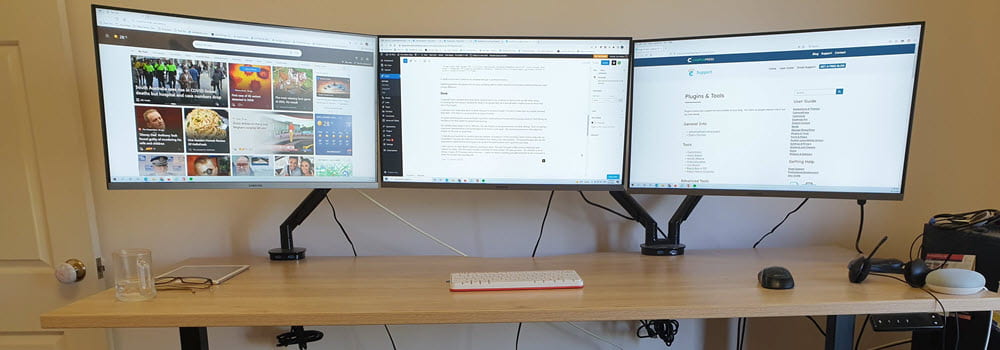To be honest I did feel that John Larkin was being a bit harsh when he said “Enough of the “world changing” five minute videos and please do not pad out your presentations with one video after another during a keynote at a conference unless you were the author of the included video(s).” But after being in conference workshops for most of this week, admittedly not with a lot of video, I do agree that presenters really need to think about how they present. [Image by Nick Hodge]
And lets just start with a disclaimer, the problem is not entirely with the presenters, we are also talking about me! My brain is so used to the high level of multitasking now that you REALLY NEED TO BE good to keep me engage. I switch off incredibly quickly if you fail to continue to engage me. And when I do come to conferences it does make me reflect on how my students may be feeling in my classes and how I do my own presentations.
So what is working for me? Well some obviously forgot to read the memo about:
- The banning of bullet points! – ok will accept a few provided that there is minimal text
- Extremely long text – totally can not focus on what is being said and the text
- Bullets of long text and then reading it!
Please guys Powerpoints are ok but use of Presentation 2.0 method is far better!
I can see why John highlights his concern now about video because with so much great ones being available to use we are tending to grab for a video to enhance our presentation. But are we really enhancing it if every one it automatically grabbing a video. So now you have death by powerpoint mixed with killing with video. Is that like a double murder?
Am I any better? Probably NOT. So am now seriously concerned! Next week I have to do a presentation for our e-learning showcase (1 hr presentation followed by 1 hr hands on). The hands on will be fine (ROFL provided enough computers that actually work to record audio for podcasting). But what about 1 hr presentation?
So please help me by telling me!
- What is engaging you in presentations?
- What is enraging you enough to switch totally off?
- What has been fun in terms of how a presenter has made you interact during the presentation and what has REALLY TOTALLY ANNOYED YOU?
PS Alan you were really good, for someone like me – even being unwell!




Leave a comment